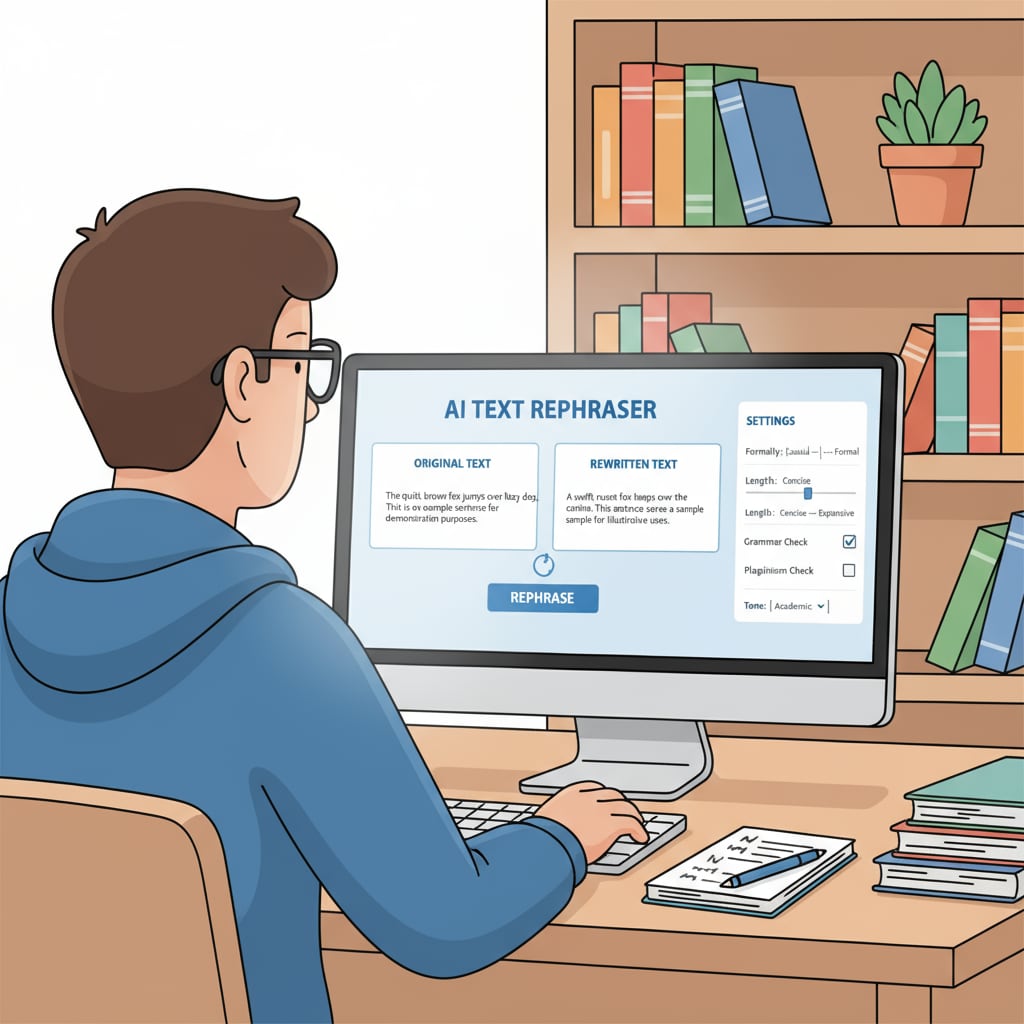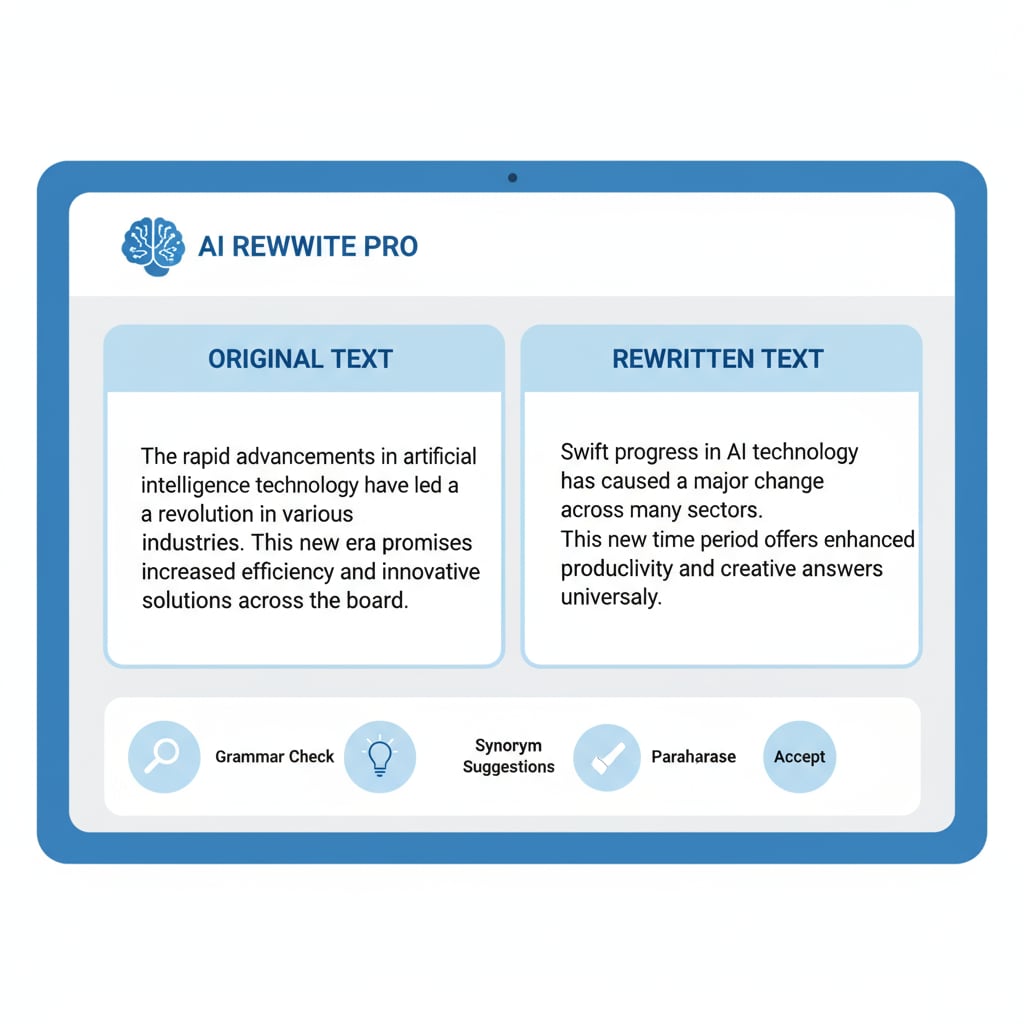In the digital age, the use of AI rewriting tools, AI detection, and manual input has become a significant concern in K12 education. As AI technology seeps into every aspect of our lives, its presence in the academic realm has brought about a new kind of “cat and mouse game.”

The Rise of AI Rewriting Tools in K12
AI rewriting tools have seen a surge in popularity among K12 students. These tools are designed to rephrase text, making it appear different while retaining the original meaning. For example, a simple essay can be transformed into a more sophisticated piece with just a few clicks. According to Wikipedia’s page on artificial intelligence in education, the accessibility of these tools has made it easier for students to seek shortcuts in their academic work. However, this convenience comes at a cost to academic integrity.

The Illusion of Evading AI Detection through Manual Input
Some students believe that manually inputting AI rewritten content can help them avoid detection. The idea is that by typing out the rewritten text, it will not bear the digital fingerprints of an AI tool. But is this really the case? AI detection systems are becoming increasingly sophisticated. They analyze not only the content but also the writing style, vocabulary usage, and even the time taken to produce the text. As a result, while manual input might seem like a solution, it often fails to fool advanced AI detection algorithms. Britannica’s entry on artificial intelligence states that these systems are evolving to keep up with the changing tactics of students trying to cheat.
The implications of this “cat and mouse game” are far-reaching. It undermines the very foundation of academic integrity. When students use AI rewriting tools and attempt to evade detection, they are not truly learning the material. This lack of learning can have long-term consequences for their intellectual development. Moreover, it devalues the hard work of honest students and educators.
Readability guidance: In this article, we’ve explored how AI rewriting tools, manual input, and AI detection interact in K12 education. By understanding these dynamics, we can better address the issue of academic integrity and ensure that students are receiving a genuine education. The key lies in promoting critical thinking and ethical behavior among students, rather than simply relying on detection tools.


